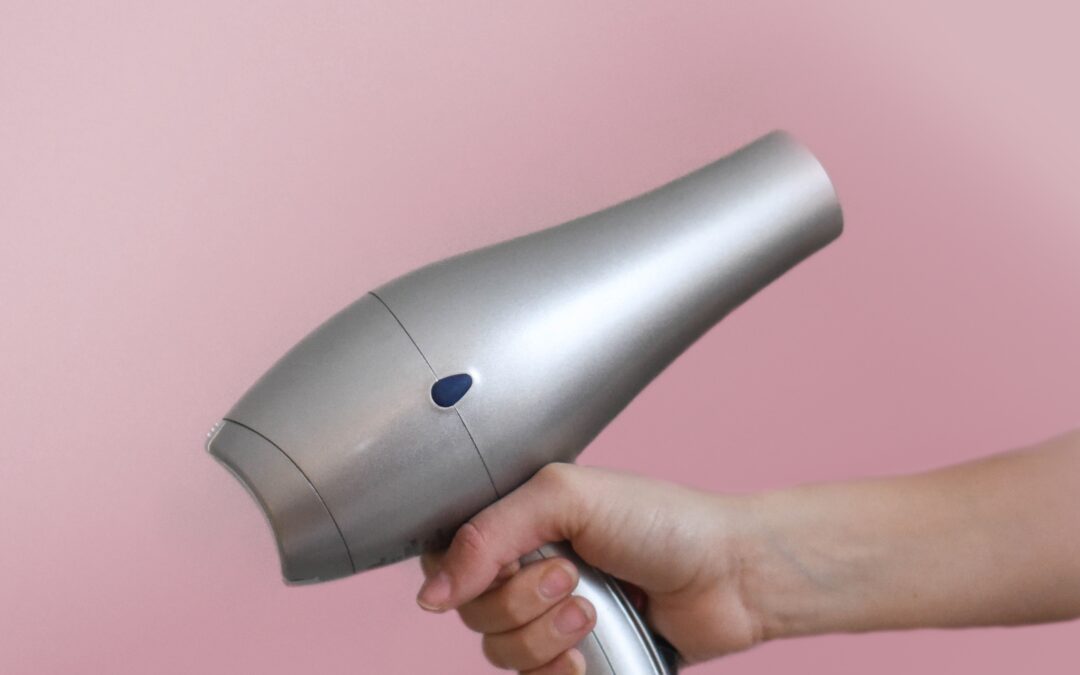When you think of defective products, you don’t often think of the term in a legal sense. Consumer products are produced on a mass scale and the larger the scale the more room for error. But a broken handle on a water bottle or a malfunctioning clock doesn’t often lead to personal injury settlement.
When you think about defective products from a personal injury standpoint, you have to consider several factors to really parse the different implications involved.
However, you have to first look at the responsibility of those involved in the process of getting that product on the shelf and into your hands. Getting a consumer product into the hands of buyers introduces a certain level of risk into the seller/buyer relationship. As such, it’s important to understand that manufacturers have a responsibility to ensure their product is safe for use and if there is any inherent risk involved in its use (as in the case of items like hair dryers or electric razors or an electric jigsaw), they have a responsibility toward to the consumer to inform them of the risk involved as well as recommended use.
Warning the consumer is a way of protecting them when the nature of the consumer product itself poses a real risk of harm. Warning consumers about how to use the product safely and how not to use the product in order to avoid injury is all part of the business of selling in today’s marketplace. It may seem academic, but warning consumers about the hazards of using a hair dryer or an electric knife or even prescription drugs is essential to ensuring that when purchasing a product that in and of itself can pose a risk by definition, the consumer understands clearly what risks are involved in its use and how to use it safely.
Additionally, the seller has a responsibility to sell products that are manufactured in a way to avoid defects. For instance, children’s toys with small components that can easily be disengaged or perhaps cause choking are considered defective and dangerous, particularly for their intended user, children.
Sellers have a responsibility to ensure toys with small components do not easily break apart and cause a choking hazard. Likewise, bicycle manufacturers have a responsibility to ensure that their products don’t malfunction, particularly because a bicycle malfunction in the midst of use can likely cause serious injury.
And when you think of sellers and their responsibilities to the consumer, you have to consider all of the players involved in getting the product into your hands. From manufacturers to distributors to marketers and even retailers, every entity that plays a part in getting the product to the consumer has a responsibility of ensuring the product is safe for use and provides warning of inherent dangers and instructions for its safe use.
Finally, it’s important to note that just because a product is defective, it doesn’t automatically entitle the consumer to personal injury damages. It’s only in the case that the defect, whether it’s a defect of design or manufacture, or even a lack of warning about its inherent dangers and instructions for use, causes injury or harm as defined by the law that the consumer is eligible to receive personal injury damages.
If you’re looking for an experienced Chicago personal injury lawyer to help navigate your personal injury claim, we will fight assiduously for your right to the compensation you deserve. Call Bizzieri Law Offices at 773.881.9000. The case evaluation is free, and we never charge a fee unless we recover damages for you.

